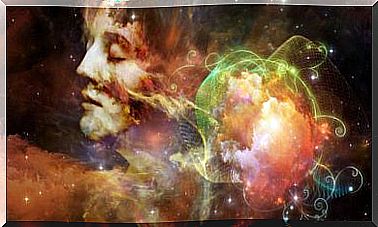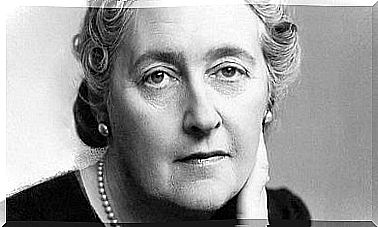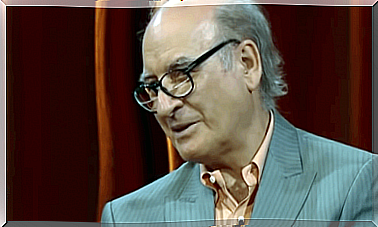Rabelais, Biography Of A Satyr
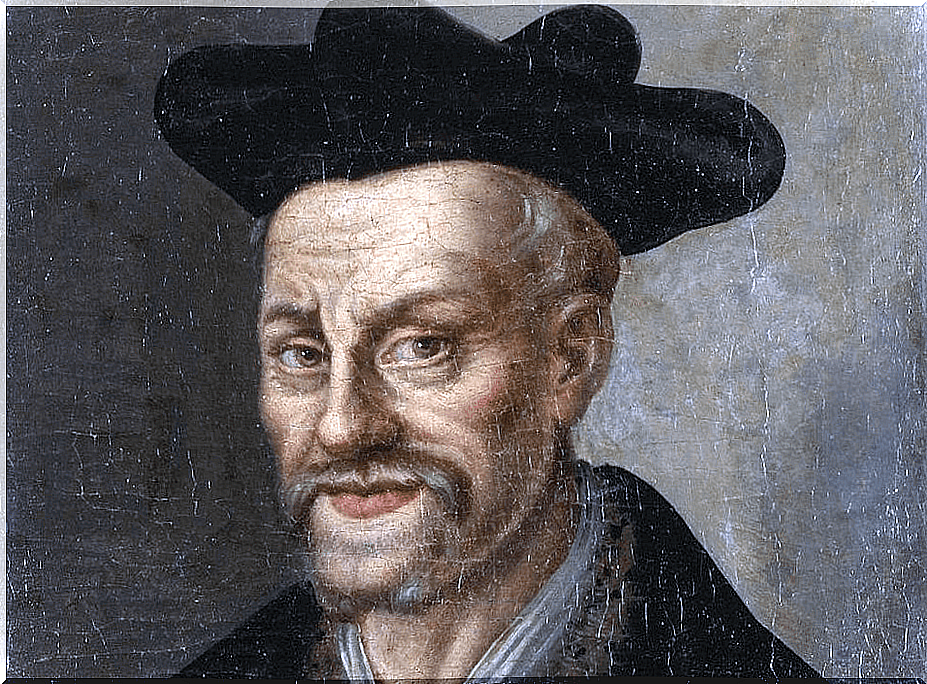
François Rabelais is defined by many as a master of the unusual. In fact, both his life and his work characterize him as an acute satyr who put under suspicion the indisputable truths of his time and exalted the world of the human, as opposed to the world of the divine.
This fabulous French writer and physician went down in the history of literature through the four novels of Gargantua and Pantagruel. After his death a fifth was published, but many question the authenticity of its authorship. There are those who affirm that Rabelais was for France what Cervantes was for Spain or Shakespeare for the English.
The most striking thing about his personality and his work is that critics have never agreed on how to assess them. Rabelais is said to have been an atheist and a believer; Protestant and Catholic; intellectual and trickster. Of his work, which is a diversion or a treatise; that it is comic or philosophical; which is critical or trivial. This multiple possibility of interpretations accounts for his genius.

Rabelais, a religious man?
Little is known about the early years of Rabelais’ life. The exact date of his birth is not even certain, although it probably occurred in 1494, at La Deviniere, near Chinon, in western France. Currently, there is a little house there that is visited as its home of origin, but there is no absolute certainty about it.
His father was Antonio Rabelais, a wealthy landowner who probably owned several vineyards in the region, in partnership with a lawyer. François Rabelais went to the convent at an early age, apparently with no vocation. At that time, access to knowledge was practically only through religious orders.
The truth is that Rabelais was here and there. First in a convent , then in another. It started with the Franciscans and then went to the Benedictines. However, his time in the religious orders allowed him to come into contact with several of the most brilliant intellectuals of his time and to delve into theology, Latin, Greek, astronomy and philosophy studies.
A brilliant doctor
Rabelais was a disorderly man, reluctant to follow disciplines and, above all, very critical intellectually speaking. Nor was he very given to keeping himself in the cloister that religious life demanded of him. So sooner rather than later, he dropped the habits. He first served as a secular priest and then left religious life.
Around 1527 he began studying medicine and in 1530 he obtained his medical degree at the University of Paris. It is said that before graduating he already treated patients, without being qualified to do so.
The Renaissance was advancing and Rabelais was infected by its spirit. Thanks to his studies in classical languages, he became acquainted with the works of Galen and Hippocrates, whom he first professed great admiration and then questioned.
In 1532, he established himself as a doctor in a hospital in Lyon, a city that at that time was the cultural center of France. In particular, it was the epicenter of editorial production. It was in that place that Rabelais published his first work Pantagruel, in that same year, under the pseudonym Alcofribas Nasier.
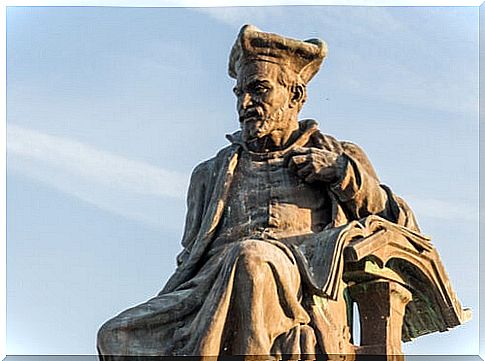
A work for posterity
The success of Rabelais’s work was immediate. It was sold like hot cakes everywhere, to the point that, it is said, it sold more copies than The Bible in its time. For this reason, just two years later, the great French writer published a second volume with his characters Garagantúa and Pantagruel.
Such characters were not invented by Rabelais. They were present in many popular legends and were also part of Celtic mythology. They probably had a halo of divinity before Christianity took hold in France. For that reason, the mere fact of retaking them had something heretical.
Rabelais wanted to stage human vices and virtues, using humor and exalting the urgencies of the senses, in a grotesque and exalted way at the same time, as Cervantes did with Don Quixote. Between the lines, many theological truths were questioned and prevailing customs satirized.
The play brought great trouble to Rabelais. Several times his books that withstood multiple readings were banned. In fact, he was miraculously saved from the Holy Inquisition and was going to be arrested when he was surprised by death, on April 9, 1553 in Paris.


